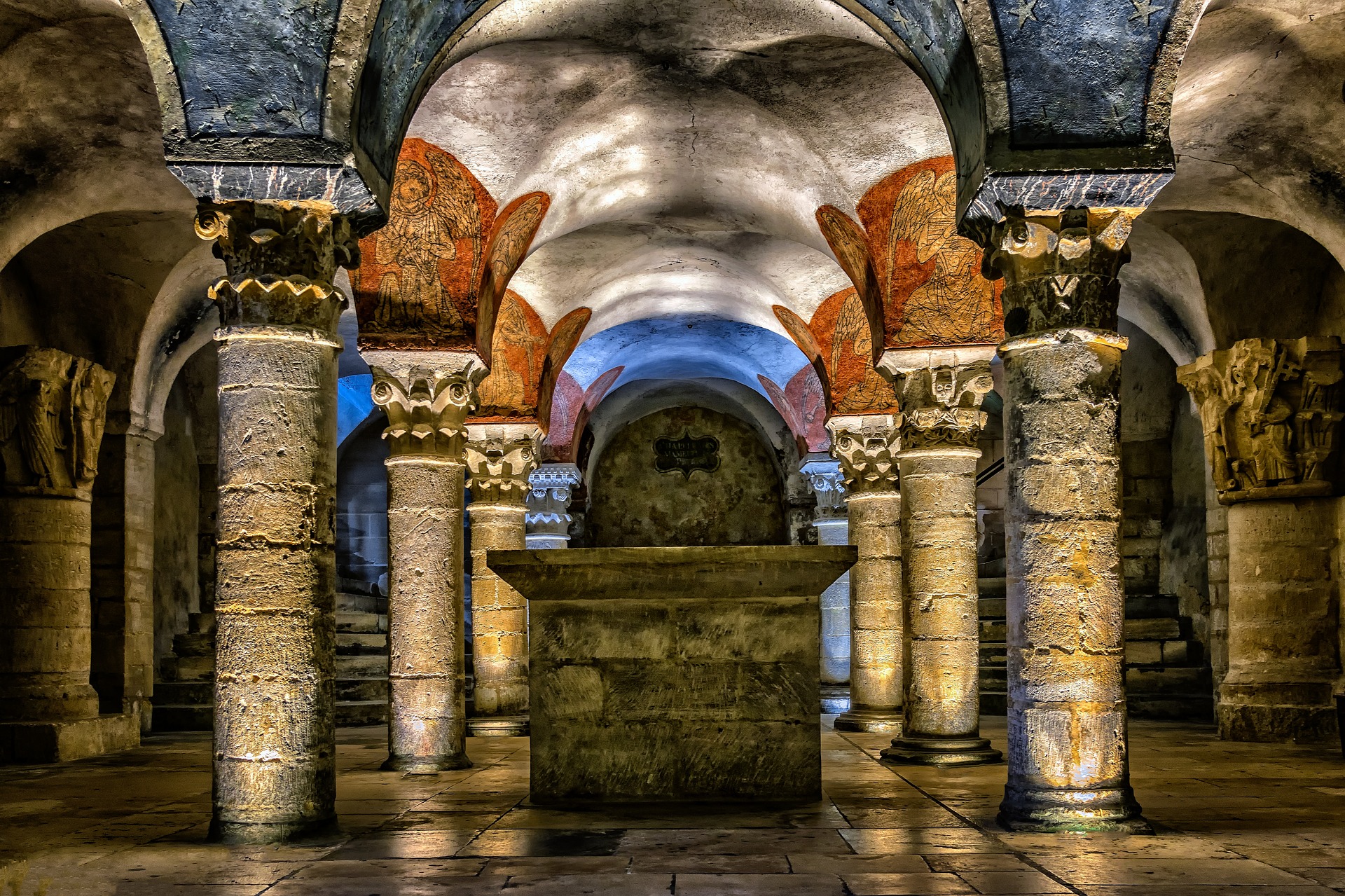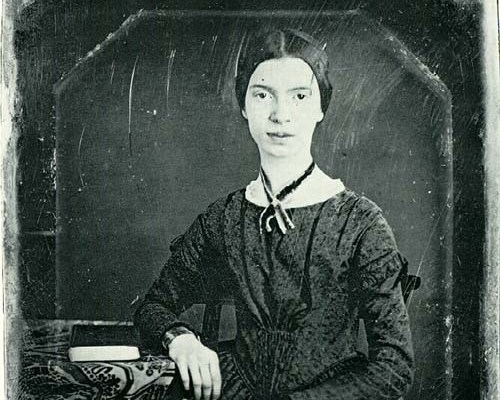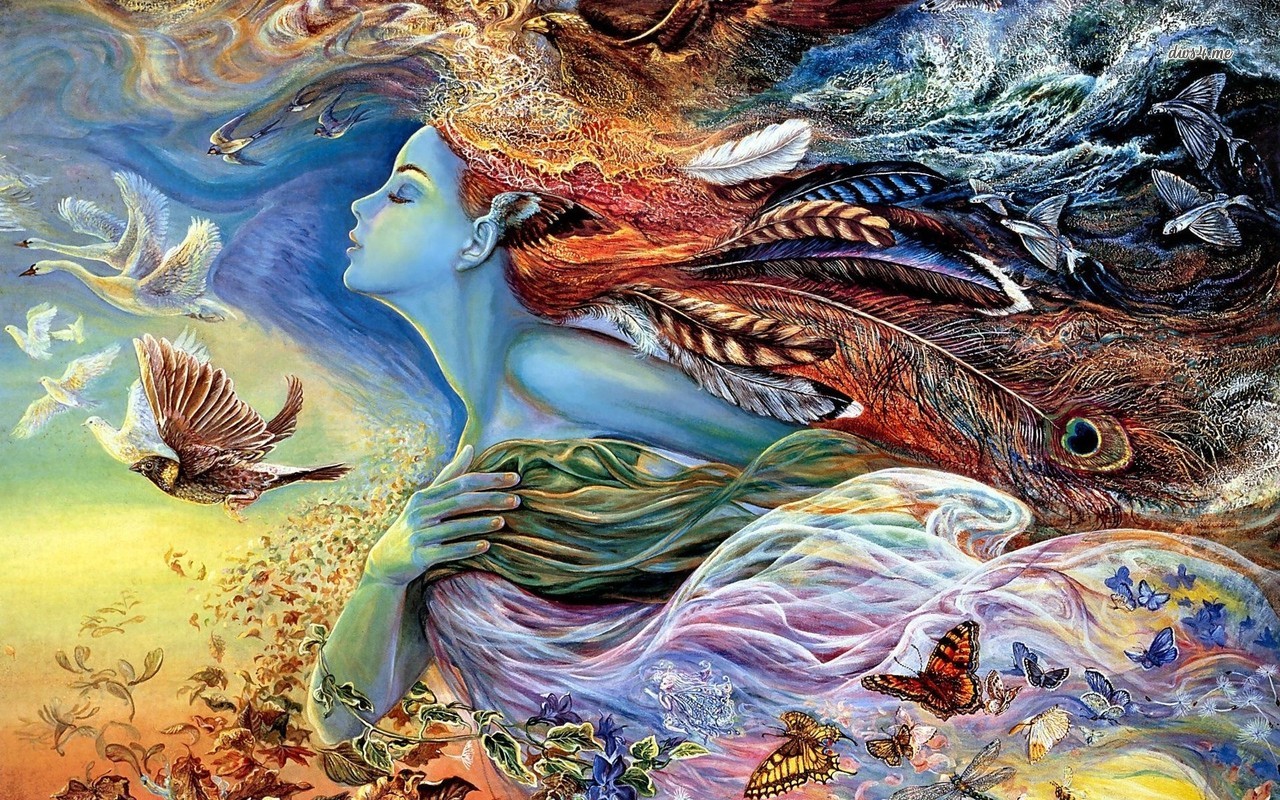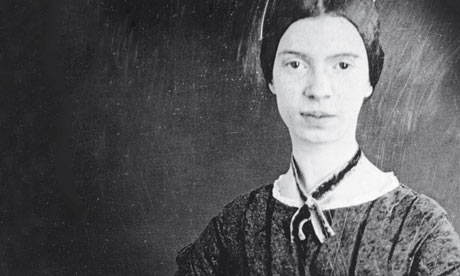Introduction to the Poet: Emily Dickinson was one of the most important 19th century poets. Born on December 10, 1830 in Amherst, Massachusetts, she attended school for a short period in South Hadley. Dickinson was a kept person who was fond of wearing white, preferred staying in and hardly interacted with anyone. Of those she seldom met, a few had a considerable impact on her writing, especially the Reverend she used to greet. She maintained close relations with her siblings and admired the metaphysical phase of poetry as well as poet’s like John Keats and Robert Barrett Browning. Post her death in 1866, her family found her collection of about 1800 poems and assisted their publishing.
Introduction to the Poem: “Some Keep The Sabbath Going To Church” by Emily Dickinson describes her take on the concept of religion and all the norms it imposes. The centre of the poem is the day of Sabbath, or the day of rest in the Bible. According to Christianity, this day is to be solely devoted to worship and spirituality. It is a religious holiday from all seemingly futile elements in life. The poet, however, spends the day not remembering God and going to the Church but staying in and indulging in her personal leisure which she feels is her Church and religion.
Setting of the Poem: The poem was written in the nineteenth century slightly post the beginning of metaphysical poetry. It celebrates being in the company of oneself and enjoying the same by doing something one loves. Along with her own point, the poet nowhere demeans the practice of visiting the Church or believing in a superior physical entity. Those years had also been harsh for the world with all its haphazard war developments. Amidst all these worldly occupations, the poet lays emphasis on the on the importance of spending time with yourself and making peace with it.
Poetic Devices in Some Keep The Sabbath Going To Church
The poem “Some Keep The Sabbath Going To Church” is a comparative account of how people behave on a certain day in the society.
Symbolism – “I just wear my wings” – wings refer to angels
Metaphor – “With a Bobolink for a Chorister” – comparing bird to choir, “And an orchard for a dome” – comparing Church to orchards
The rhyme scheme followed in the poem is abcb.
Summary of Some Keep The Sabbath Going To Church
The poem is an account by Emily Dickinson on how people display their devotion to God and behave on religious holidays. The day of Sabbath is a day supposed to be free from all worldly duties and spent in the Church and worshipping the Almighty.
On this day, writes Dickinson, most people go to Church for worship, while the narrator stays at home. As substitutes to the Church, the poet has the Bobolink bird’s calls as the choir and her orchards serve as her Church.
Further, the poet says, a lot of people follow a certain dress code and strict Catholic norms while going to Church, but the poet believes in going as what she would go as on other days too. This idea of the poet reflects her view towards religion and her belief in not parting with her ways of life to cater with that of the Church. She believes in her own solace, her own Church and seems quite content in staying put inside her abode. She has own “wings” and her own source for the Church songs.
The poet also says she doesn’t think she is going to ascend to heaven by following what the Church says, but is getting by in life fairly enough down here on the Earth, as she has never paid attention to preaching as the general population has and the sermons delivered in Church.
Critical Analysis of Some Keep The Sabbath Going To Church
Through this poem, Emily Dickinson describes the day of Sabbath and its importance in Christianity. She presents her activities in contrast with the activities of the society and establishes her faith in worshipping oneself rather than the Church.
According to Dickinson, the orchards form the dome of the Church and the bird Bobolink serves as the choir. She perceives the world available to her as her place of worship, the elements of nature near her as her sacred space.
Emily Dickinson had a very isolated life, away from the loud surroundings. She preferred to stay in seclusion and survive alone. Most of her writings mention solitude and isolation, though in none of them does she render these negative. Even in the poem, while establishing her practices as different from others, she seems content with where she is and also propagates her idea of finding a medium to worship no matter what the circumstances or the subject. She also believes God reaches out to people directly, regardless of where or who they are.
This poem is an account of Dickinson’s perception of religious norms and her own defiance of them, rather believing in inner satisfaction and worship of oneself and the nature. The concept of Heaven to the poet is not an ultimate, but a present unfolding.
Central Idea of the Poem: The theme of the Poem is the day of Sabbath, or the day of rest in Christianity, supposed to be devoted to spirituality and worship. On this day, says the Poet, people head to the Church with their families to listen to the sermons delivered and the preachings taking place. The poet, in contrast, prefers and suggests sitting at home, her own place of worship, and spending time in the company of nature, with birds for the choir and tree cover as the Church.
Tone of the Poem: The poet speaks in a pleasant and literally down to Earth tone. She is jovial while spending time with nature and content in its contents. The poem also reflects a comparative tone as the poet compares her surroundings to someone’s who is following the norm of Sabbath going to the Church and preaching as per the Lord’s commands while the poet happily sits in her personal space listening and being with Nature and her abode.
Conclusion: The poem “Some Keep The Sabbath Going To Church” by Emily Dickinson is an insight into her lifestyle and her beliefs about Church worship. She establishes that devotion is present everywhere and anywhere and one needs to find their satisfactory calling. It can be minimal and natural as followed by the poet.
Some online learning platforms provide certifications, while others are designed to simply grow your skills in your personal and professional life. Including Masterclass and Coursera, here are our recommendations for the best online learning platforms you can sign up for today.
The 7 Best Online Learning Platforms of 2022
- Best Overall: Coursera
- Best for Niche Topics: Udemy
- Best for Creative Fields: Skillshare
- Best for Celebrity Lessons: MasterClass
- Best for STEM: EdX
- Best for Career Building: Udacity
- Best for Data Learning: Pluralsight















